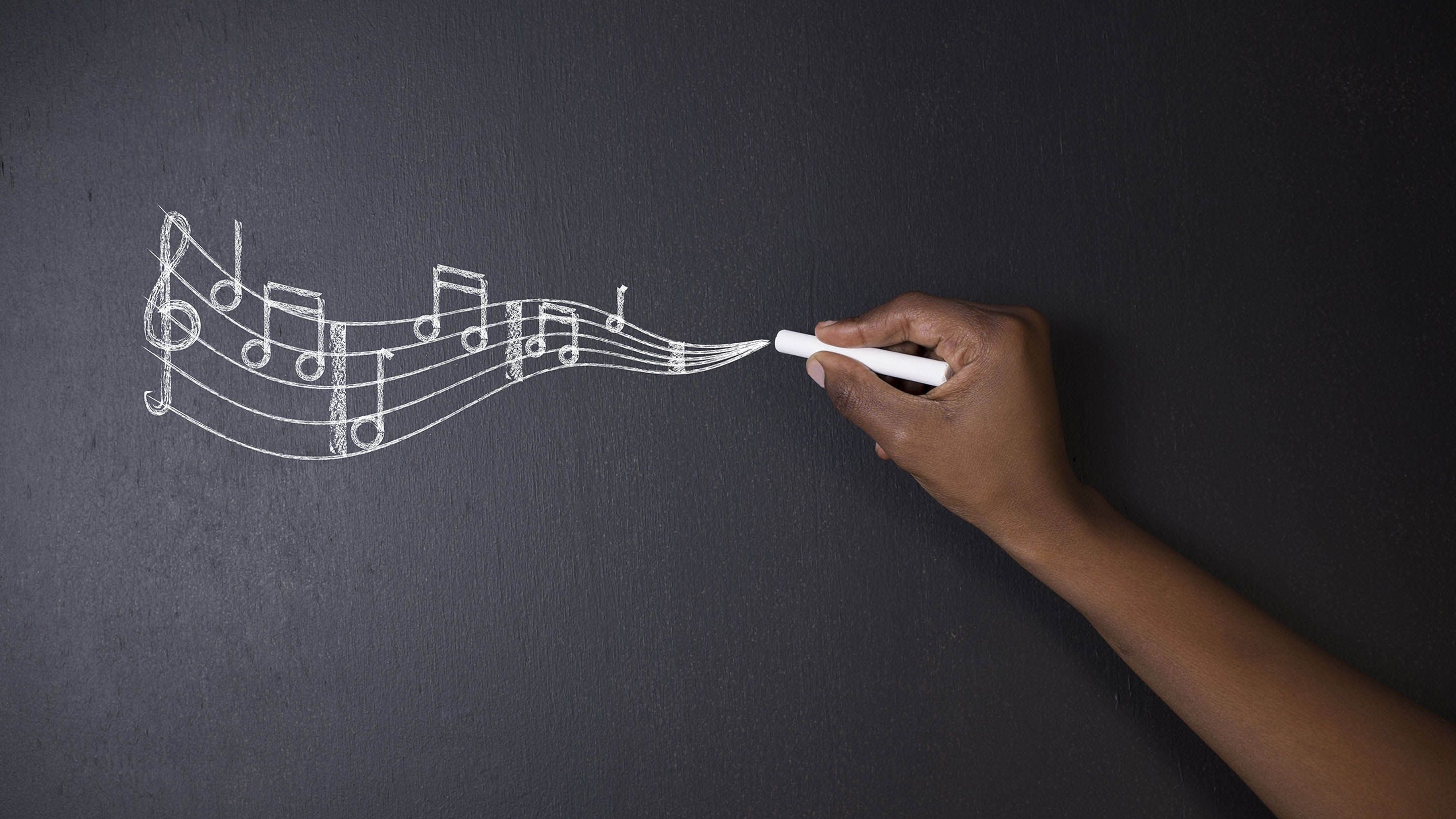Researchers at MIT created an app to show proteins into the tune, to get admission to complicated protein records in a brand new way. Based on those protein-derived musical pieces, they educated neural networks to create new music, becoming protein systems.

Understanding the precise correlation between protein structure and function is an ongoing study query in biochemistry. The big project can predict how genetic adjustments that affect the amino acid series of a protein ultimately change the useful 3-D structure of the protein.
Sometimes you could best make sense of a hassle when you look at it very extraordinary manner. Or concentrate on it, for that count. That’s one of the reasons why MIT researchers transformed proteins to tune. This turns normal routine protein subunits into musical subject matters. In an interview with MIT, Markus Buehler, who advanced the system, says that after a while, he understood sure protein structures from the melodies.
But why examine proteins? If you watched at DNA as the education manual of your body, then proteins are the workers carrying out all the crucial duties. Proteins are the goods created by way of your genes. When you hear about genetic situations, in lots of cases, because of this, a trade-in DNA ultimately affected the corresponding protein, preventing it from doing its activity.
Over the beyond twenty years, we’ve been able to pick out quite an awful lot of all human genes. However, we still don’t fully understand how each of the corresponding proteins carries out its role. Part of the reason for that is that proteins have complicated three-dimensional systems.
Each protein molecule is made up of a string of amino acids. There are twenty overall, and the order in which they appear in a protein is decided through the genetic code. But a useful protein is extra than a long string of amino acids. Its precise characteristic is predicated at the 3-dimensional shape, and the relation among amino acid series and the final structure is complicated.
It’s now not intuitively obvious how converting one amino acid will affect the general shape and characteristic. However, in some instances, those changes can be important. As a result of a genetic variant, a single amino acid alternate may be sufficient to exchange the protein feature drastically, even main to disorder. For example, sickle cell anemia is due to one modified amino acid in a hemoglobin protein subunit.
Because those small adjustments may have this kind of big effect, information on the subtleties of how amino acids form everyday protein structures and styles can assist researchers more simply recognize the hyperlink among genetics and disease. Turning proteins into song convert these complicated statistics into something that you can listen.
In the new protein track study, the tones aren’t arbitrarily selected; however, derived from the molecular vibrations of each amino acid. This method of converting facts into sound is referred to as sonification. It could make it less complicated to manner very diffused adjustments that might be less obvious if you looked at the statistics visually.
Think of Geiger counters as an instance, which uses a sequence of audible clicks that accelerate while a radioactive source is closer to the machine. The change in sound is simpler to hit upon than looking at numbers exchange or a dial pass. The crew at MIT then took it one step also. They didn’t simply turn proteins into song, but they then used the protein track as education units for neural networks.
This way, they might use artificial intelligence to generate a new “protein track” for proteins that don’t exist. Because the neural networks had been skilled in real proteins, the output tune represents proteins with something in common with real proteins. Studying these new proteins ought to provide researchers better expertise of the “regulations” of what makes a useful protein. Of path, this whole manner of turning proteins into the track is a laugh pastime in itself, and the group made an Android app in which you can give it a pass on your phone.

